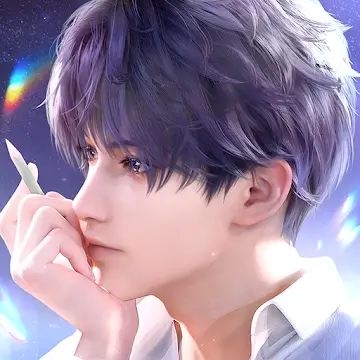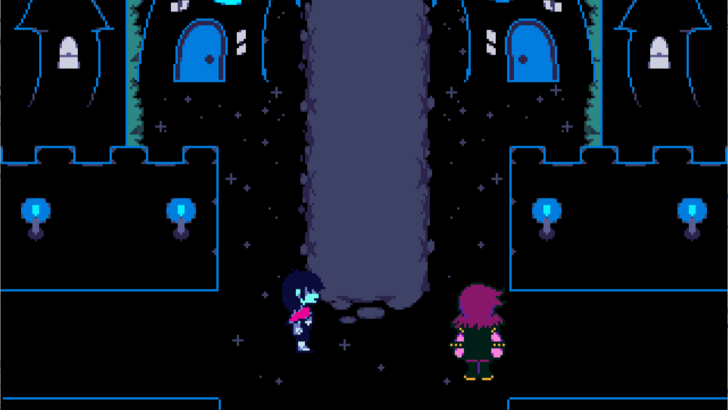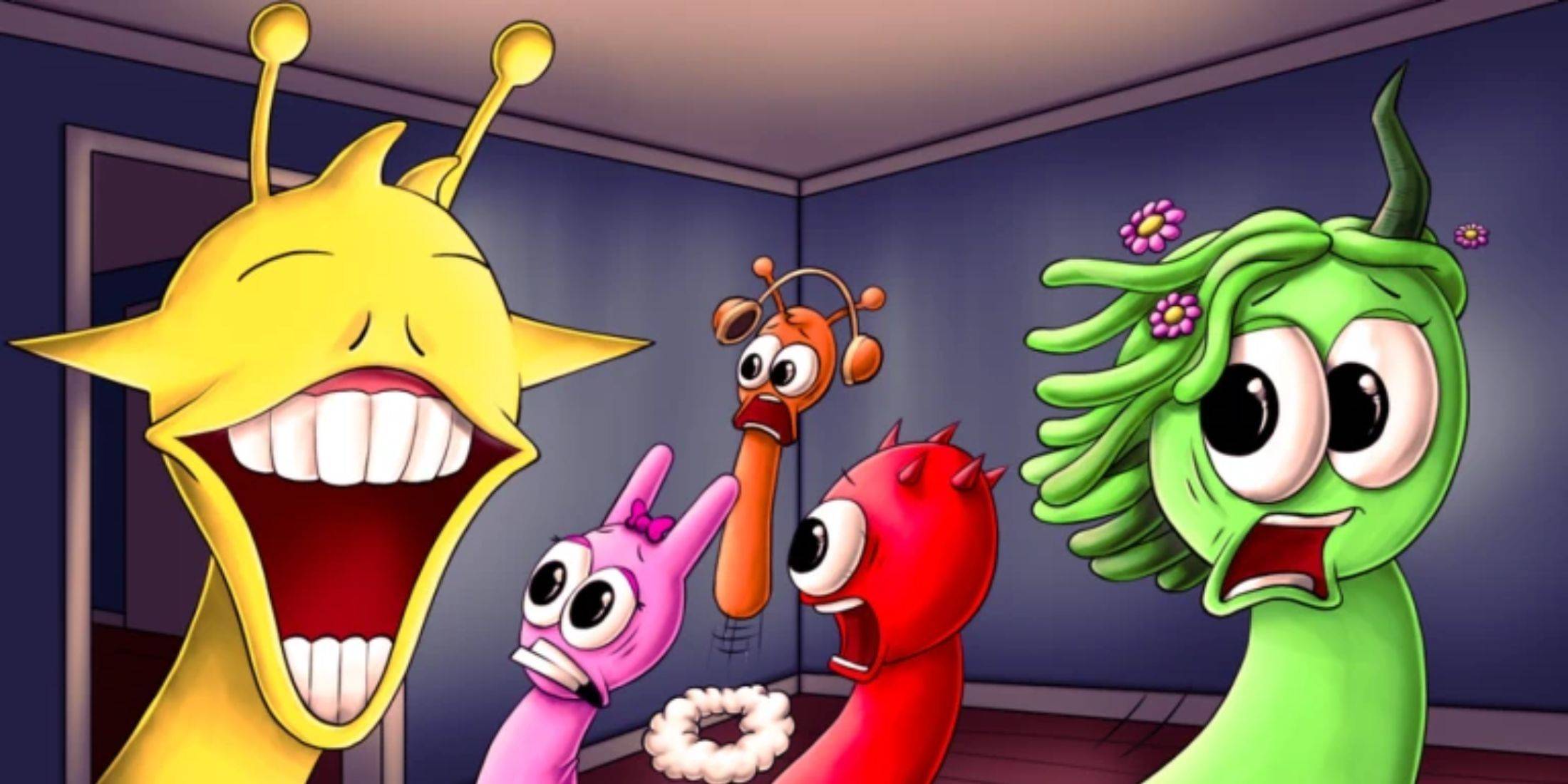In the leadup to its global launch, Monster Hunter Wilds shattered pre-order records on both Steam and PlayStation, effortlessly continuing the legacy of its wildly popular predecessors, 2022's Monster Hunter Rise and 2018's Monster Hunter: World. This achievement underscores Capcom's status as a powerhouse in the RPG genre, cementing Monster Hunter as one of the world's most significant video game franchises.
Yet, this wasn't always the case. Just a few years ago, the notion of a Monster Hunter game achieving such widespread acclaim globally would have been unthinkable. Flash back to the series' inception in 2004, and the idea seemed even more distant; the original game garnered mixed reviews. It wasn't until its transition to the PSP in 2005 that Monster Hunter truly took off, albeit initially only in Japan.
Indeed, for years, Monster Hunter epitomized the "bigger in Japan" phenomenon. Its success in Japan was driven by factors this article will explore, but Capcom never ceased striving to expand Monster Hunter's reach internationally. The monumental success of Monster Hunter: World, Rise, and now Wilds validates those efforts.
This is the story of how Monster Hunter evolved from a domestic sensation to a global powerhouse.
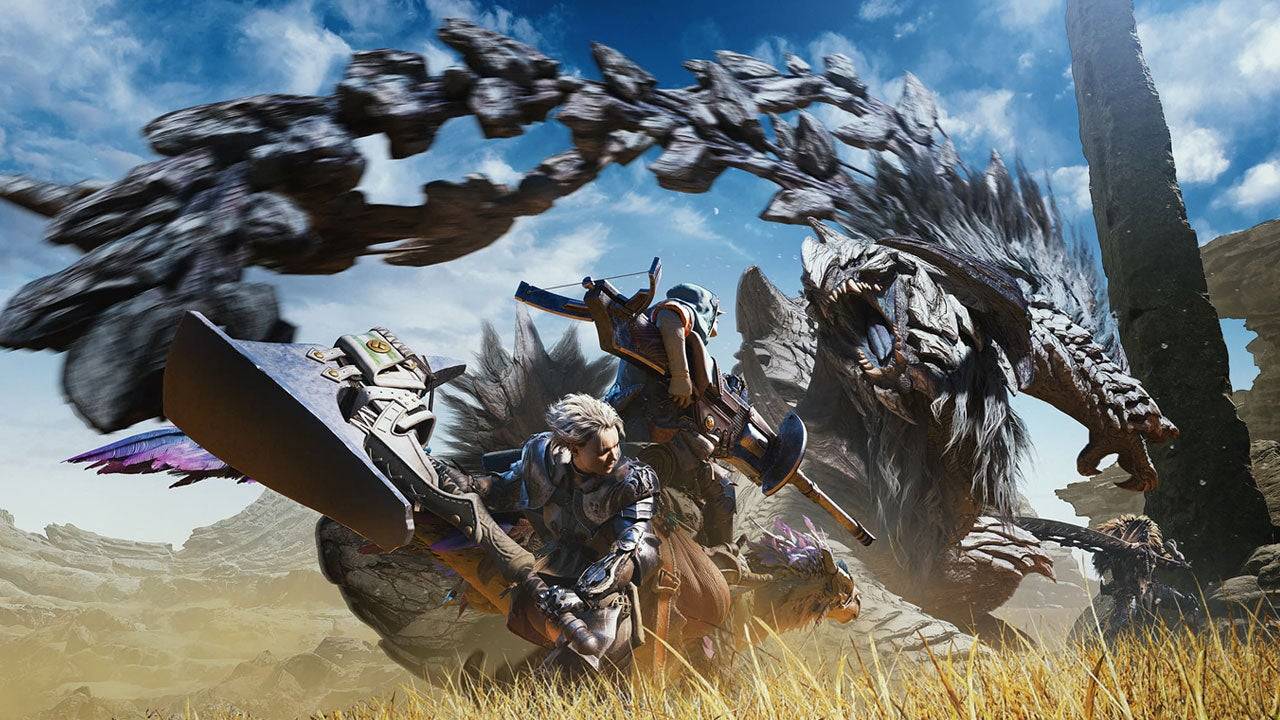
"It was a combination of factors," explains Hideaki Itsuno, a former Capcom game director renowned for his work on Devil May Cry. "The engine change and the clear directive given to all teams to develop games for the global market, ensuring they were enjoyable for everyone."
During the PS3 and Xbox 360 era, Capcom's games often seemed tailored to an imagined "Western games market." While Resident Evil 4 was a blockbuster hit, attempts to capitalize on Western trends with games like Umbrella Corps and the Lost Planet series fell short. Capcom soon realized the need to create universally appealing games, not just those aligned with Western genres.
"Our focus was clear: to create exceptional games that would resonate worldwide," Itsuno asserts. "The period leading up to 2017 was crucial, with organizational changes and the new engine aligning to set the stage for Capcom's resurgence, which began with the release of Resident Evil 7."
No series better encapsulates Capcom's global ambitions than Monster Hunter. Despite a dedicated following in the West, the franchise was predominantly popular in Japan for decades. This wasn't by design, but rather a result of various external factors.
Monster Hunter's leap to the PSP with Monster Hunter Freedom Unite marked a pivotal moment. Japan's robust handheld gaming market, bolstered by devices like the PSP, DS, and later the Switch, played a significant role. According to the series' executive producer Ryozo Tsujimoto, Japan's advanced wireless internet network enabled players to easily connect and play with friends, a crucial aspect of Monster Hunter's cooperative gameplay.

Monster Hunter's emphasis on cooperative play thrived on handheld consoles, which were well-suited for Japan's advanced internet infrastructure. This inadvertently led to a cycle where Monster Hunter games became best-sellers primarily in Japan, prompting Capcom to release Japan-exclusive content and events, further cementing the franchise's image as a "Japan-only" phenomenon.
Despite having fans in the West, they often felt sidelined as Japanese players enjoyed exclusive content. However, as Western internet infrastructure improved and online play became standard, Tsujimoto and his team recognized an opportunity to launch a more globally accessible Monster Hunter game.
Monster Hunter: World, released in 2018 for PlayStation 4, Xbox One, and PC, represented a monumental shift for the franchise. Designed for larger-scale, AAA console experiences, it featured enhanced graphics, expansive areas, and larger monsters.
"Our approach to globalizing the series and Monster Hunter in general was deeply tied to the game's themes and its very name," Tsujimoto reveals. "Naming it Monster Hunter: World was a deliberate nod to our ambition to appeal to a global audience and introduce them to the Monster Hunter experience for the first time."

The effort to globalize Monster Hunter went beyond simultaneous releases. Tsujimoto and his team conducted extensive focus and user tests worldwide to refine the game's systems and enhance its appeal.
"We conducted focus tests globally, and the feedback we received significantly influenced our game design and contributed to Monster Hunter: World's success as a global title," Tsujimoto explains.
One notable change resulting from these tests was the addition of visible damage numbers when players hit monsters, a small but impactful adjustment to an already successful formula. Previous Monster Hunter games typically sold between 1.3 to 5 million copies, but Monster Hunter: World and its 2022 follow-up, Monster Hunter Rise, both surpassed 20 million copies sold.
This growth was no accident. Rather than altering Monster Hunter's core to cater to Western audiences, Tsujimoto and his team preserved the series' unique identity while making it more accessible to a broader audience. This strategy continues with the latest installment, Monster Hunter Wilds.
"At its core, Monster Hunter is an action game, and mastering that action brings a profound sense of accomplishment," Tsujimoto says. "For new players, reaching that point involves several steps. With World and Rise, we meticulously analyzed where players encountered difficulties, what was hard to understand, and what they struggled with, gathering player feedback and conducting our own research. This knowledge has shaped the new systems in Wilds."
Within 35 minutes of its release, Monster Hunter Wilds reached 738,000 concurrent players on Steam, more than doubling Monster Hunter: World's peak. Given the game's glowing reviews and the promise of forthcoming content, Monster Hunter Wilds is poised to surpass the achievements of World and Rise, continuing the franchise's quest to conquer the global gaming market.





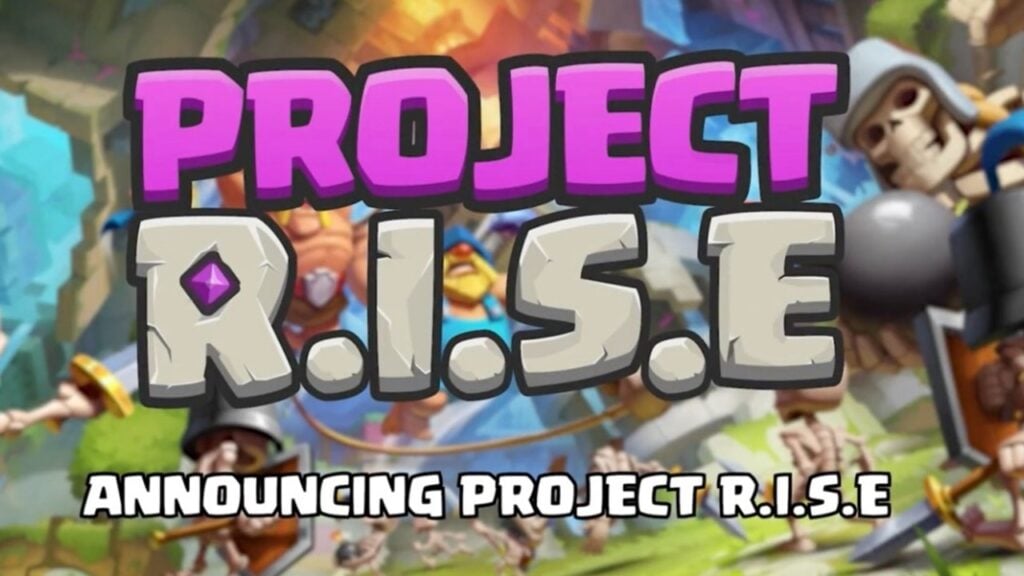


![Taffy Tales [v1.07.3a]](https://imgs.xfsxw.com/uploads/32/1719554710667e529623764.jpg)


